FOR EDUCATORS
Explore the unexpected connections at the heart of the energy-water nexus and discover how you and your students can conserve water and energy at school and at home.
DIGITAL LESSON BUNDLES
WATER CONSERVATION

Water Crisis
Grades 6 – 9
45-60 minutes
Explore creative ways that technology can be used to mitigate water waste and find out how everyone from industry-leading companies to individuals can help make a difference. Students will meet solution seekers working at Itron and hear from a teen who developed an app that helps people better manage their own water usage.
ENERGY & SMART CITIES

Is Our Community Sustainable?
Grades 6 – 9
45-60 minutes
Explore the exciting opportunities for innovation and problem-solving that are emerging out of the drive to build more sustainable communities. Students will meet passionate professionals at Itron who are harnessing smart technology to better monitor traffic and air quality data, while considering ways to take action locally.
WATER CONSERVATION
CLASSROOM ACTIVITY
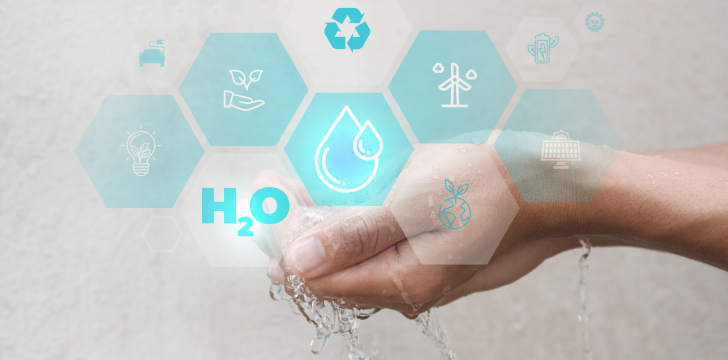
Water Waste Awareness Apps
Grades 6 – 9
45-60 minutes
Use real-world data to consider how much water students use on a daily basis, along with others in their community. After examining everyday water usage in their own lives, students will collaborate to design an app that raises awareness among young people about individual water consumption.
ENERGY-WATER NEXUS
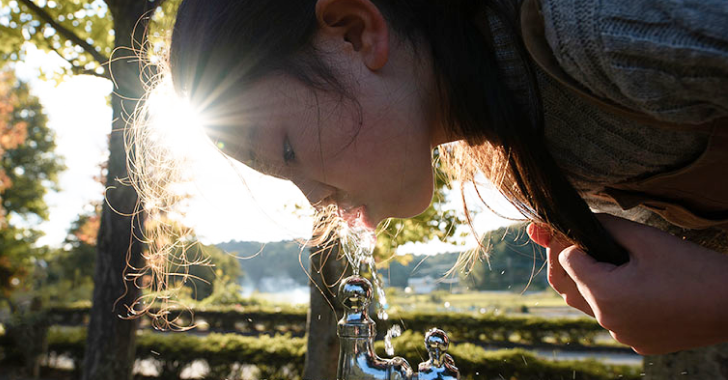
Clean Water
Grades 6 – 9
45-60 minutes
Take a closer look at the types of water treatment methods used to provide communities with safe drinking water. Students will conduct research and create an infographic to convey their findings.
ENERGY-WATER NEXUS
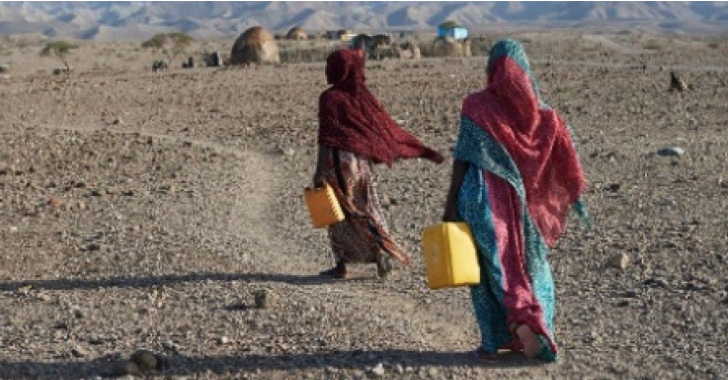
World Water Day Gallery of Art
Grades 6 – 9
45-60 minutes
Explore important global challenges through a creative lens. Students will create an original work of art focusing on the theme of water, then discuss how this topic connects to their everyday lives.
2021 WEEK OF RESOURCEFULLNESS
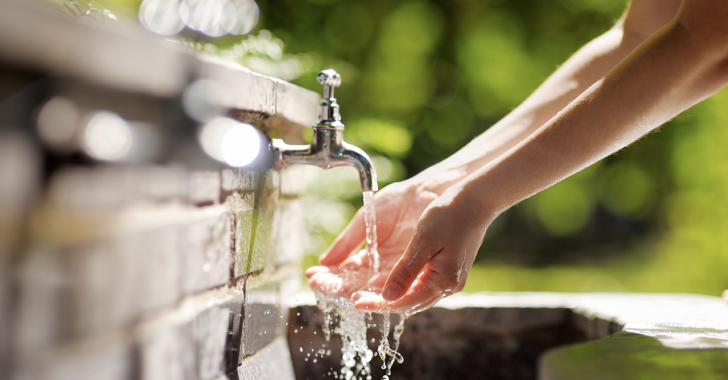
Clean Water and Sanitation
Grades 6 – 9
45-60 minutes
In this activity, students will work in small engineering design teams to investigate the challenges communities are facing with water, analyze data and determine how leaking/aging infrastructure is a problem that water, and wastewater companies must work to solve.
ENERGY-WATER NEXUS
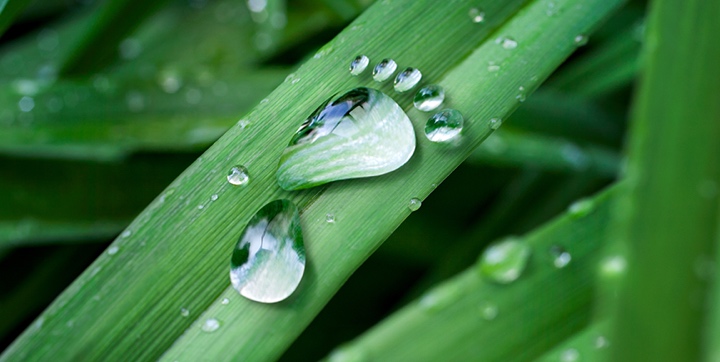
Sustainability Challenge
Grades 6 – 9
45-60 minutes
Discover the relationship between energy, water and food by identifying solutions to hypothetical challenge scenarios that require them to sustainably manage both resources and waste.
ENERGY-WATER NEXUS
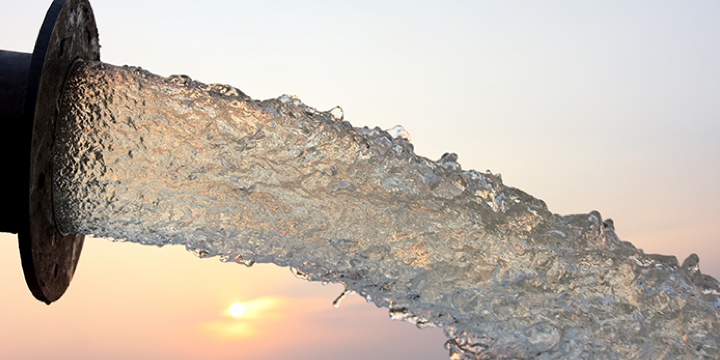
Quenching The Thirst of the Future
Grades 6 – 9
45-60 minutes
Build and test a desalination plant using a thermal process approach to help students to learn how to make alternative water resources.
CLASSROOM ACTIVITY
Improving Water Efficiency
Grades 6 – 9
45-60 minutes
In this activity, students will view a demonstration of a water turbine in action that is made with an empty soda bottle, dowel rod, and simple straight plastic fins. When the demonstration is complete, students will be asked to think about how they could design a water wheel that can spin faster to create more energy using common materials.
CLASSROOM ACTIVITY

Water Purity
Grades 6 – 9
45-60 minutes
This activity demonstrates methods of testing the purity of water and applying their knowledge of filtration and impurity detection to better assess how cities might improve regulating and cleaning their water.
CLASSROOM ACTIVITY
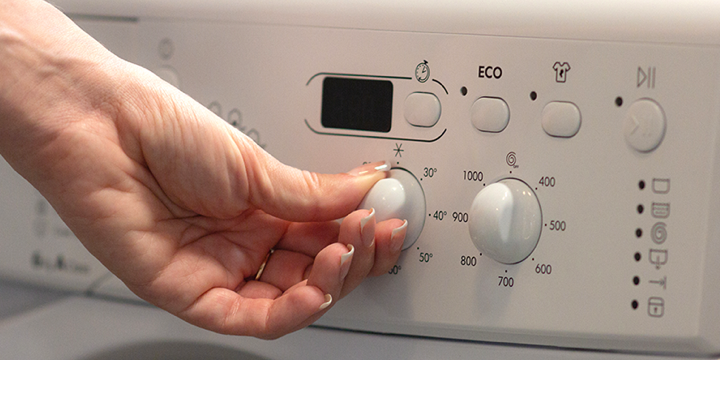
Creating a Water Conscious Meal
Grades 6 – 9
45-60 minutes
In this activity, students will understand how their food choices affect water availability on Earth by discovering how much water was needed to produce certain foods. Then they will create a menu designed to incorporate food that decreases water consumption.
CLASSROOM ACTIVITY
How Much Water Does it Take?
Grades 6 – 9
45-60 minutes
In this activity, students will be introduced to the idea that it takes water to make many of the products that we buy and use or consume every day. Often the amount of water and the way that it is used is unexpected and hidden from the consumer.
ENERGY & SMART CITIES
CLASSROOM ACTIVITY
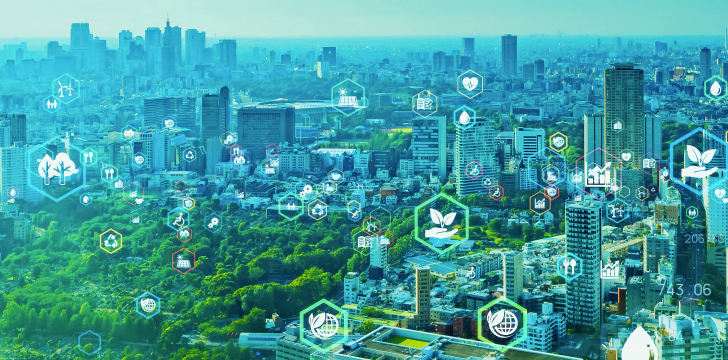
Tackling Environmental Threats with Tech
Grades 6 – 9
45-60 minutes
Immerse students in the data of sustainability as they conduct research and present their findings on topics like climate change, biodiversity, and land use.
ENERGY-WATER NEXUS
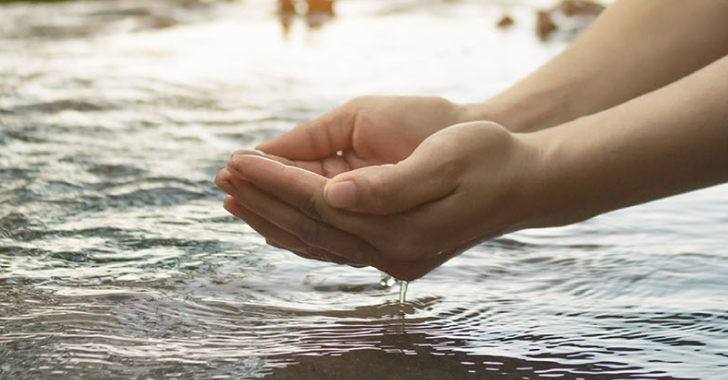
Improving Sustainability
Grades 6 – 9
45-60 minutes
Immerse students in the data of sustainability as they conduct research and present their findings on topics like climate change, biodiversity, and land use.
ENERGY-WATER NEXUS
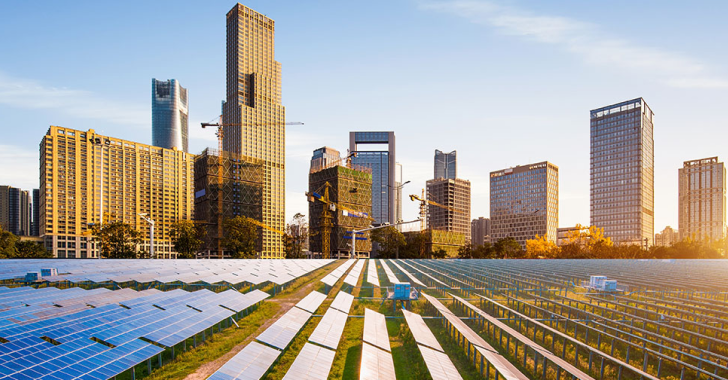
Sustainable Action Campaign
Grades 6 – 9
45-60 minutes
Spark students’ creative problem-solving skills as they step into the role of filmmakers using the power of video to inspire sustainable action.
ENERGY-WATER NEXUS
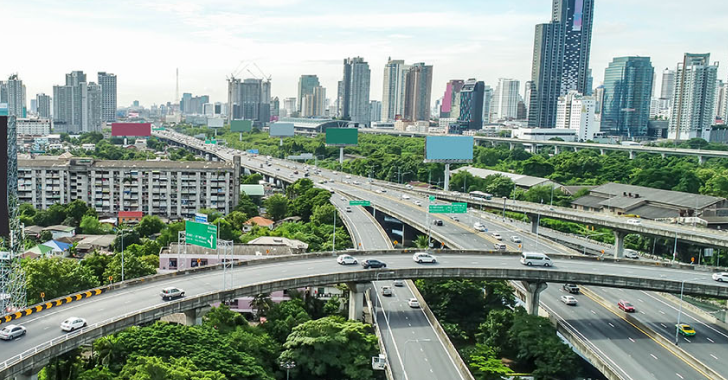
Sustainable City Planning
Grades 6 – 9
45-60 minutes
Apply the possibilities of sustainable cities locally with an urban design challenge in which students create a model of their own cities.
2021 WEEK OF RESOURCEFULLNESS
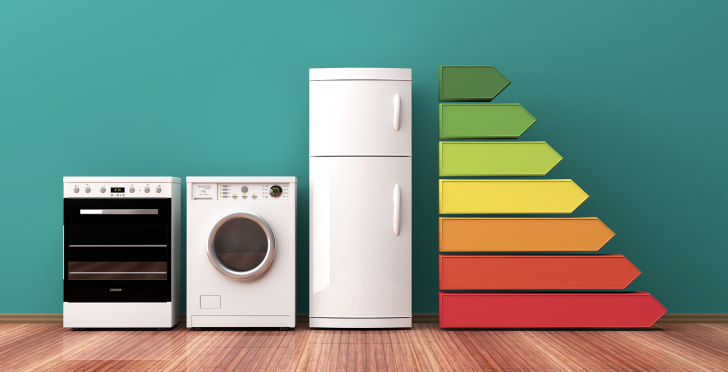
Energy Conservation Challenge
Grades 6 – 9
45-60 minutes
Students will test and estimate the power and energy consumed by several household appliances using a watt meter. Students will work in small groups, rotating among stations, to test each appliance. Students will use the data to calculate how much money they spend daily when using these appliances. Using this information, students will develop a plan to reduce their energy consumption.
2021 WEEK OF RESOURCEFULLNESS
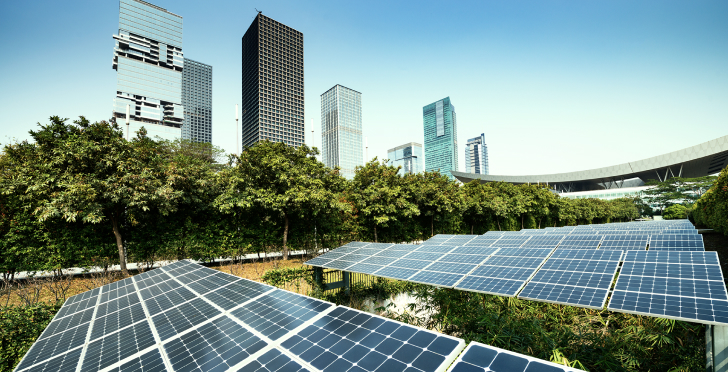
Sustainable Cities & Communities
Grades 6 – 9
45-60 minutes
In this activity, students will work in a small group to explore and design a smart city. Students will research or brainstorm a list of ways that the internet of things can be used to decrease the amount of energy and water used, promote inclusivity, address the digital divide, monitor traffic patterns, improve safety, manage waste, an become more resilient to natural disaster.
ENERGY-WATER NEXUS
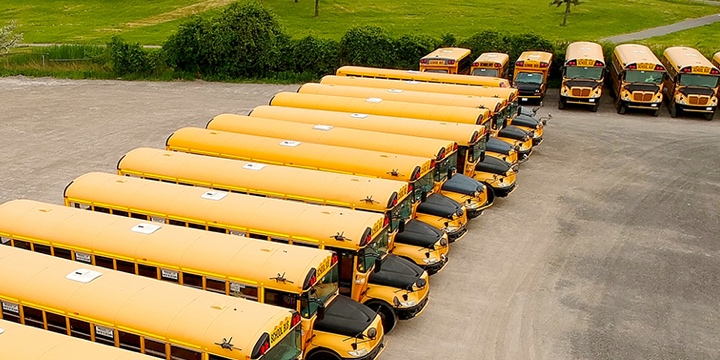
Smart Schools
Grades 6 – 9
45-60 minutes
Develop a hybrid school schedule and learn how in return of decreasing our carbon footprint, we also save money that goes towards gasoline.
CLASSROOM ACTIVITY

Create a Global Energy Infographic
Grades 6 – 9
45-60 minutes
In this activity, students will use the Global Energy Statistical Yearbook 2018 to view data about energy use around the world. They will be able to look at various types of energy use, such as oil, gas, and renewable energy, by country and compare and contrast how different countries consume energy.
CLASSROOM ACTIVITY

Harvesting Energy in Your School
Grades 6 – 9
45-60 minutes
In this activity, students will discover how high school science students used technology and innovation to harvest energy at their school from an act as simple as walking down the hallway. Students will be asked to think about their own school and identify ways that various types of energy, such as kinetic or heat energy, may be lost every day.
CLASSROOM ACTIVITY

School Energy Use Mapping
Grades 6 – 9
45-60 minutes
In this activity, students will work together to create an energy audit of their school. They will then brainstorm ways that energy could be saved or used more efficiently in each area and overall by the school.
CLASSROOM ACTIVITY
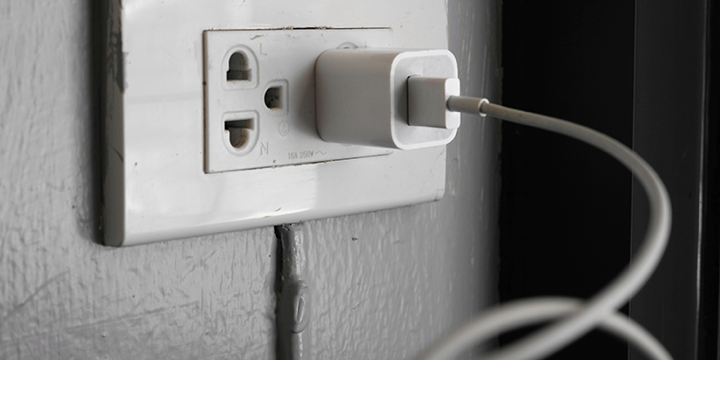
Calculating Your Ecological Footprint
Grades 6 – 9
45-60 minutes
In this activity, students will consider and estimate their consumption of energy used in the home, transportation, food, housing, and for goods and services, while estimating the amount of waste they generate. The goal is to identify ways they can reduce the impact that they have on Earth.
CLASSROOM ACTIVITY
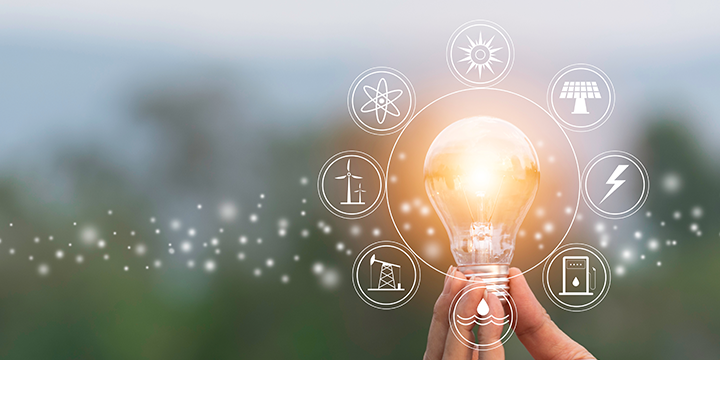
Combustion Energy Conversion
Grades 6 – 9
45-60 minutes
This activity demonstrates the conversion of energy into usable forms through a demonstration showing the conversion of potential chemical energy to heat energy. Students will discussion how to improve this process to create electrical energy.
CLASSROOM ACTIVITY
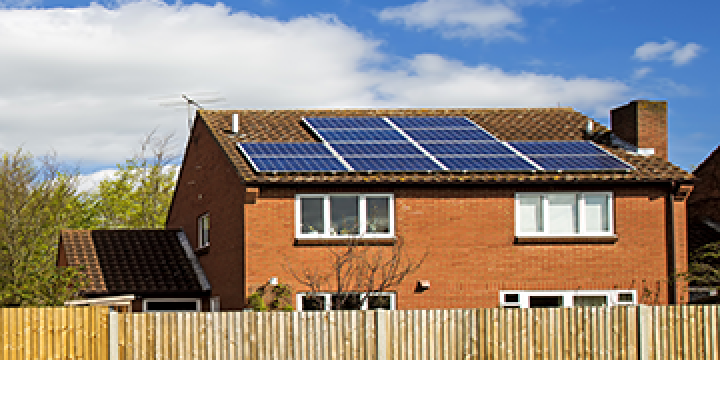
Solar Powered Homes
Grades 6 – 9
45-60 minutes
In this activity, students will study how solar electricity can be generated, stored, and utilized in homes. Students will be given a small solar panel to test and improve.
What are SDGs?
Adopted by all United Nations Member States in 2015, the 17 Sustainable Development Goals (SDGs) provide a shared blueprint for peace and prosperity for people and the planet, now and into the future.